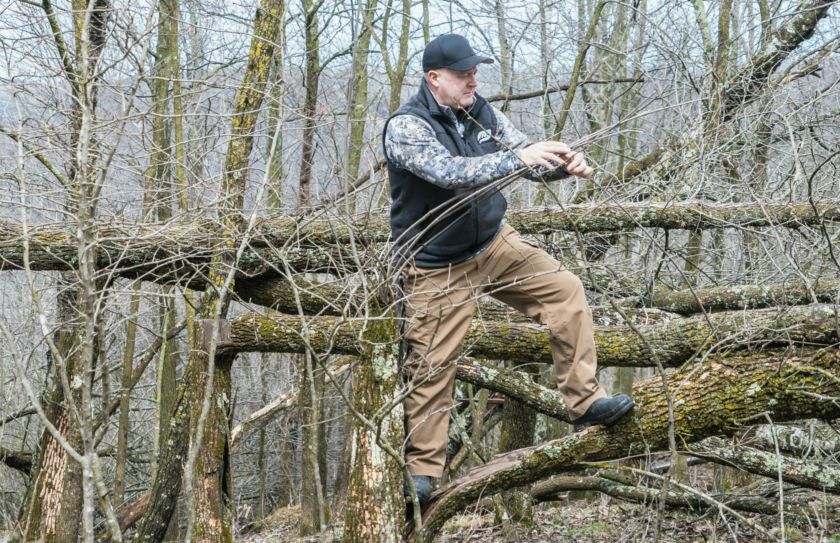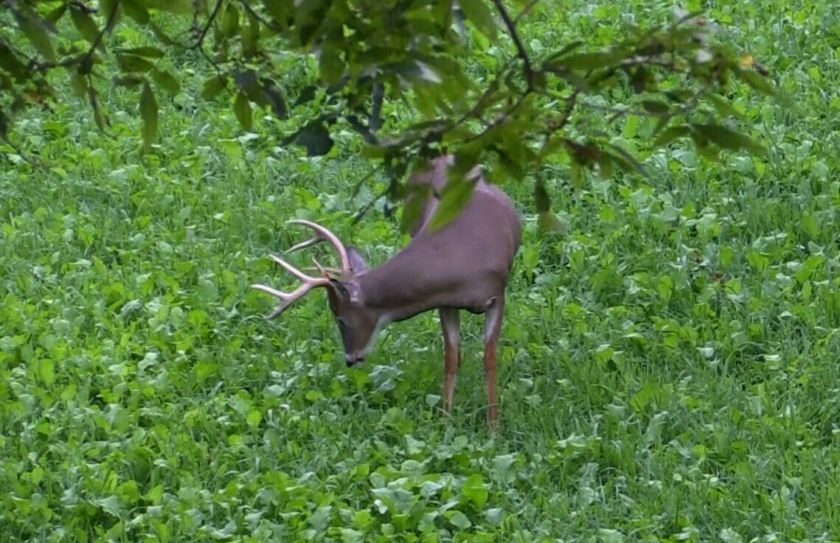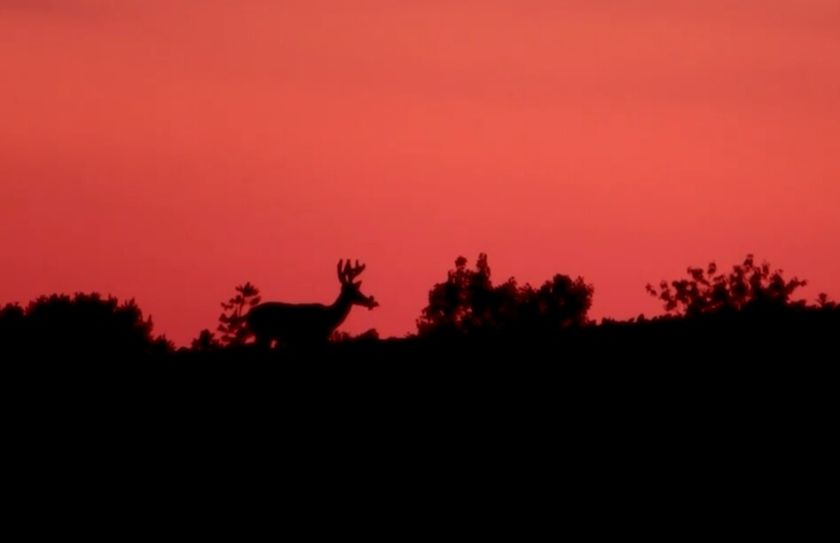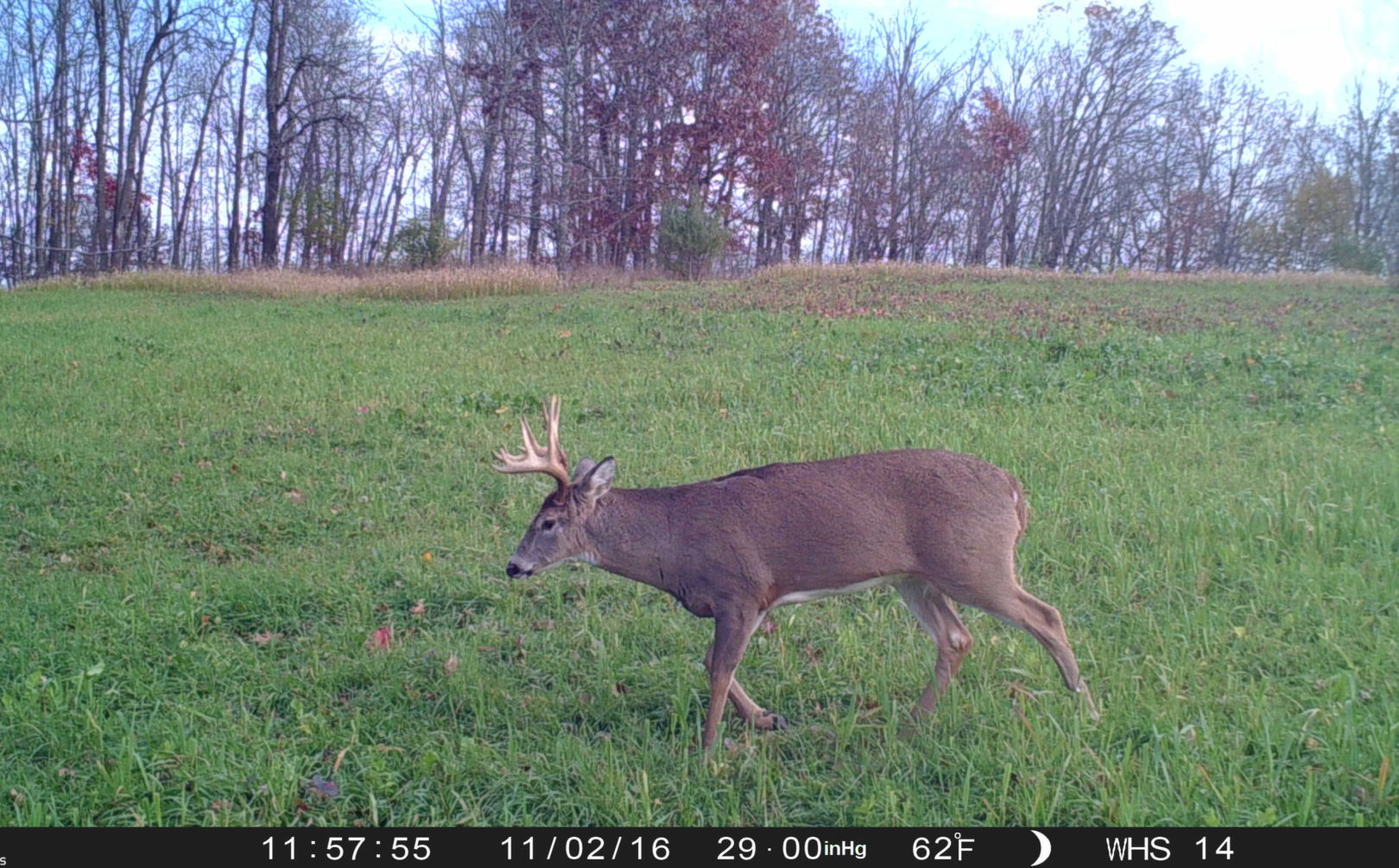
Hinge cutting, timber harvest activities and mast producing plantings can add to a solid habitat plan, but they alone do not produce great deer habitat. Great deer habitat contains 4 major components, including:
1. High Value Food Sources
2. Medium Value Food Sources
3. Adequate Daytime Bedding
4. Secure and Unpressured Daily Movement Cover
Many food sources fit into the Medium Value range, including mast producing species, agricultural crop rotations and native regeneration. These are important food sources because they cover the periods of daily feeding including mid day bedding area browse, and nightime highly social open feeding areas.
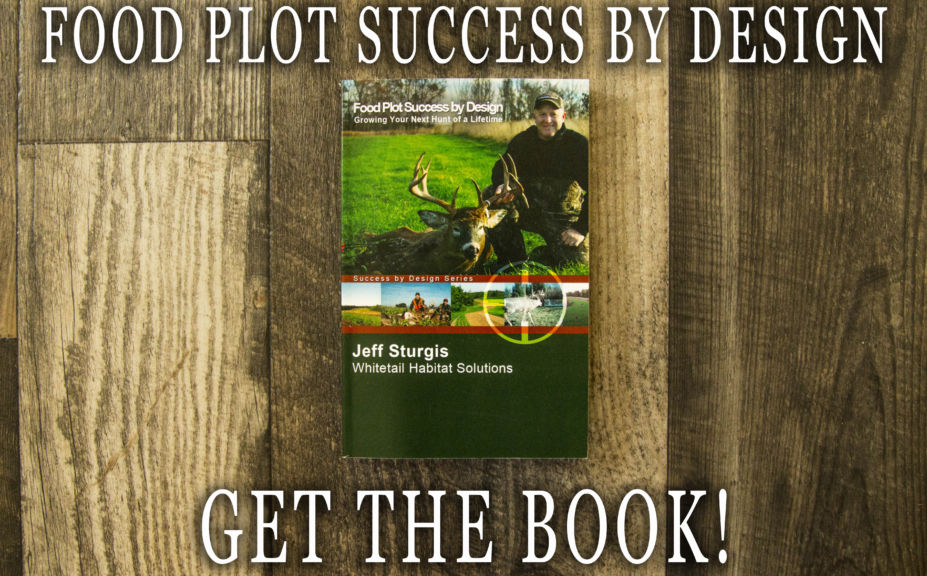
*Make sure to check out my whitetail book series to help you find public or private land mature bucks this Fall, including "Whitetail Success By Design" and "Food Plot Success By Design"
Parcels located within ag rotation areas have a huge advantage because if enough daytime browse is provided, the bulk of the deer herd's nightly forage consumption can be provided by the abundance of the ag fields. However, even in the case of major farmland regions, the most important feeding of an entire 24 hour period is often still missing, or uncontrolled: The afternoon feeding movement.
In the video below, you can see how we take advantage of afternoon feeding movements during the late season.
Quality Afternoon Feeding Can Equal Great Deer Habitat
The most predictable deer movement in the woods is the afternoon bedding to feeding movement. This movement should be the foundation of all parcels that contain great deer habitat; but is it? Where do the deer travel to when they exit their bedding areas in the afternoon? The deer should travel to the same locations the entire season, from predictable bedding areas to predictable and consistent afternoon food sources. Here are 5 ways to make sure that this happens:
1. Consistently adequate daytime bedding areas.
This doesn't mean that you have to have the best bedding, just that the bedding on your land is unpressured and offers what the deer need for the entire hunting season. Often landowners are incorrectly led to believe that the lack of quality food or hunting practices can be overcome by creating high quality bedding cover. This is absolutely not the case.
2. Consistent afternoon food source.
Ag land lacks the definition of consistent travel because it is forever changing and broad. Natural regen and mast producing species are limited and inconsistent. In the case of native regen (including hinge cutting practices) the value of the forage produced, is not high enough to support the afternoon feeding movement. Also, after deer spend all day in a native regen bedding area, they need to diversify their feeding and seek alternate forages.
3. Safe afternoon movement to food.
The pattern of the afternoon feeding movement needs to repeat itself the entire season, unpressured. This is where even potentially great deer habitats often fail, as the high level of habitat improvements not only attract deer, but hunters.
4. Consistently supported bedding areas.
Every food source that supports each bedding area to afternoon food source movement, should offer the same variety across the entire landscape. If it does not, than various bedding areas become dead as doe family groups move and adjust their daytime bedding to compliment peaking food sources in constantly changing locations. Bedding begin to receive little to no attention, and the deer movements that could have been capitalized on during the hunting season lack significant deer use; if any at all.
5. Repetition.
Great deer habitat is created to repeat the entire hunting season as a finely tuned machine:
A.Deer return to multiple bedding areas during the early morning to mid morning hours
B.Deer stay in the safety and security of daytime bedding areas that feature medium value forages
C.Deer travel through controlled and safe corridors to afternoon food sources
D. Deer dine until dark or slightly after and then head to their night time feeding, social and bedding areas to then begin the pattern again in the morning.
-Steps A to C are all you need to worry about and repeat during the hunting season. This can even be accomplished in some lands, when those food sources are located on your neighbor's deer habititat. Neighbor's who have pressured their food sources enough that deer become nocturnal to their land, will relate to your land during the daylight, even on neighboring "twin" 40 acre parcels.
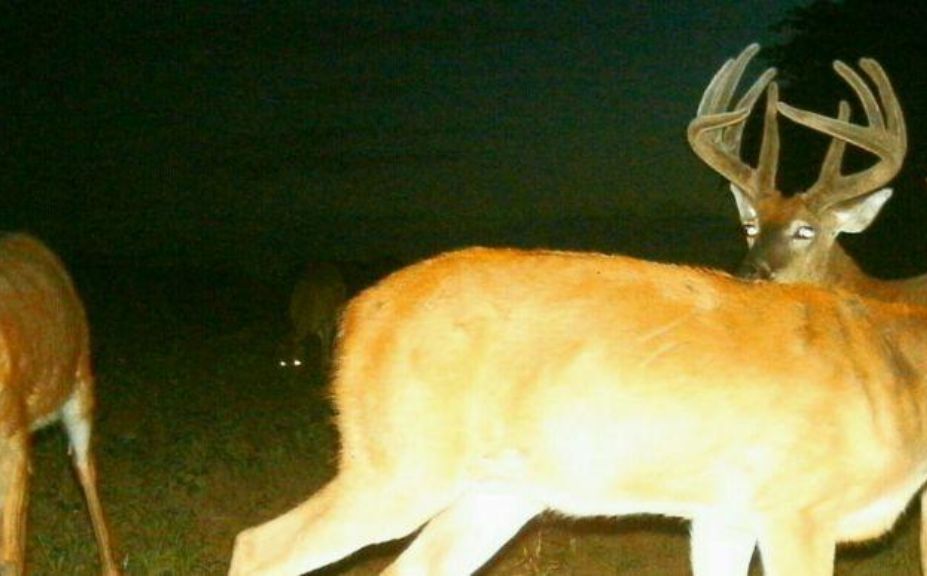
*Producing a quality herd can be accomplished on extremely small parcels, but it takes a lot more than great deer habitat; it also takes low impact hunting tactics. To produce a quality deer herd, make sure to read "Building A Quality Deer Herd" .
Conclusion
Deer habitat can not be great unless it contains or controls the afternoon feeding slot. This is such a missed opportunity across the entire range of whitetail that it has made my job fairly easy as a Whitetail Habitat Design Consultant, Author, Hunter, because very few parcels approach their potential of accomplishing this critical foundation of habitat and hunting design. The easy part of the deer habitat equation is creating lands that effectively promote the afternoon feeding movements throughout the entire season. When you combine low impact hunting techniques and a very low % of deer habitats that are truly great, the level of the attraction predictably skyrockets! Often there are no other lands within miles that accomplish this feat.
Great deer habitat should run as a consistenly well-oiled machine, always being refined and maintained, but always controlling the output of the afternoon bedding to food source movement. You can't control where deer feed during the night, and in fact it if they feed on your neighbor's land you can spend more of your own resources that are more daylight specific. It is rarely the landowners with the largest and "best" deer habitat that mold and shape a deer herd, but instead the landowners that controls the afternoon feeding movement. Now THAT, is when you find great deer habitat; and when some of the smallest parcels in the neighborhood carry the greatest potential influence for producing a quality deer herd.
